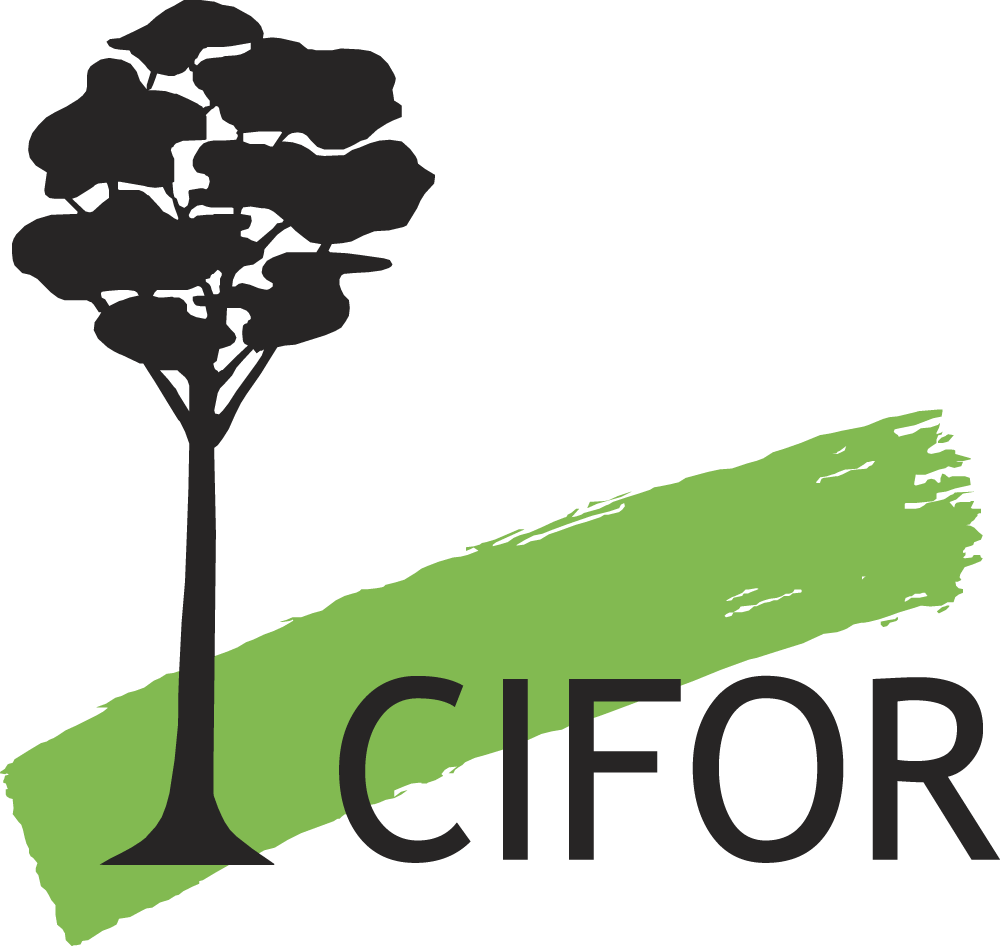Focal point
Location
The Center for International Forestry Research (CIFOR) is a non-profit, scientific facility that conducts research on the most pressing challenges of forest and landscapes management around the world. With our global, multidisciplinary approach, we aim to improve human well-being, protect the environment, and increase equity. To do so, we help policymakers, practitioners and communities make decisions based on solid science about how they use and manage their forests and landscapes.
Capacity building, collaboration and partnerships are essential to finding and implementing innovative solutions to the challenges that the globe faces. We are proud to work with local and international partners. We are a member of the CGIAR Consortium and lead the CGIAR Research Program on Forests, Trees and Agroforestry.
Our headquarters are in Bogor, Indonesia. We have offices in 8 countries across Asia, Latin America and Africa, and we work in more than 30 countries. Contact us for more information.
Resources
Displaying 231 - 235 of 808Managing smallholder teak plantations: field guide for farmers
The typical practice by smallholder teak growers of letting trees grow without management input has resulted in poor quality plantations. Various questions arise when farmers start to better manage their teak plantations. This book provides practical guidance in addressing these questions by explaining in detail the techniques of parent tree selection, seed preparation, seedling production, planting, fertilising, thinning, pruning, controlling pest and disease and harvesting. To be more easily understood, the descriptions are complemented by illustrations, photographs or tables.
Manejo forestal comunitario y el surgimiento de instituciones de gobernanza a múltiples escalas
Las iniciativas para reducir las emisiones de la deforestación y la degradación forestal (REDD) dependerán fundamentalmente de la población rural para manejar los recursos forestales. Aunque el diseño de marcos, mecanismos y acuerdos para implementar los programas de REDD ha sido objeto de considerable atención, todavía no está claro cómo funcionará REDD+ en la práctica y cómo se garantizará la participación de la población local.
Le marché domestique du sciage artisanal au Cameroun: État des lieux, opportunités et défis
Le Cameroun a adopté une nouvelle loi des forêt en 1994 qui mettait l’accent sur le secteur forestier industriel, à grande échelle, et orienté vers l’exportation, tout en négligeant le bois produit avec des opérations d’échelle plus petite, pour le marché intérieur. Ce bois n’est pas enregistrée dans les statistiques officielles et il est principalement produit sans titre valide d’exploitation.
Les forêts, les arbres et l’agroforesterie. Des moyens de subsistance, des paysages et de la gouvernance: sommaire
Le bois énergie pour les centres urbains en République Démocratique du Congo: Le principal produit forestier et énergétique remis à l’ordre du jour de
Les décideurs politiques doivent reconnaître l’ampleur et la valeur du secteur du bois énergie et son importance pour un grand nombre de personnes. Les récolteurs et les producteurs doivent bénéficier d’un accès amélioré aux arbres et aux terrains afin de promouvoir une meilleure gestion et de réduire les conflits. Il faut réviser le système des taxes sur le bois énergie de façon à le rendre transparent et pragmatique. Il faut préférer le bois énergie provenant des forêts de plantation et de l’agroforesterie à celui issu d’essences d’arbres de valeur ou menacées.



